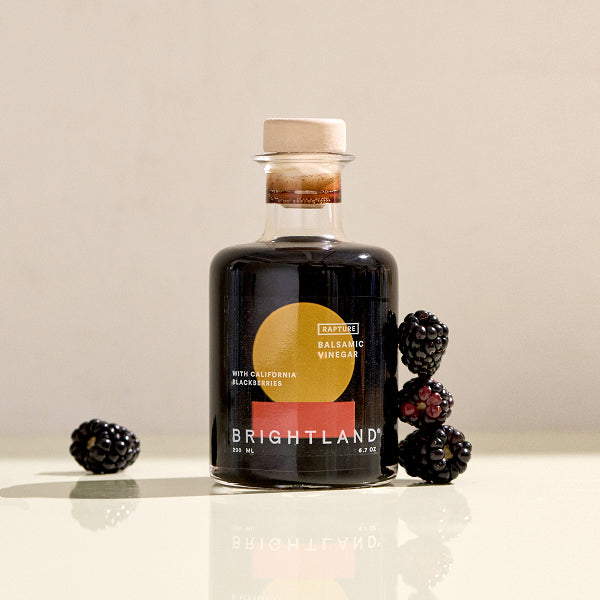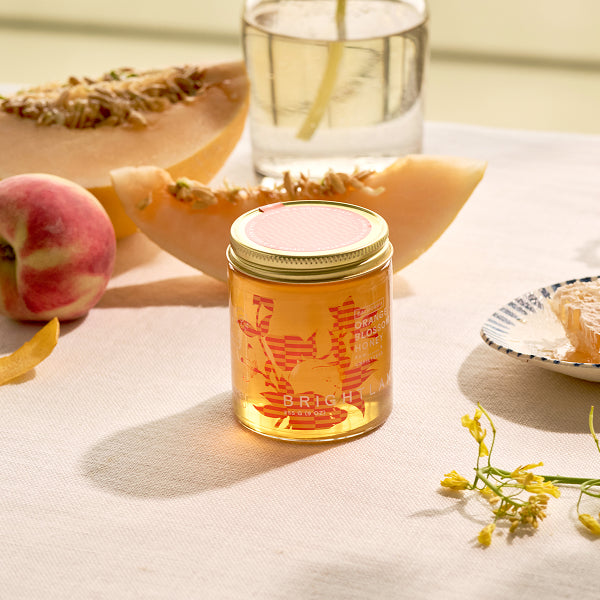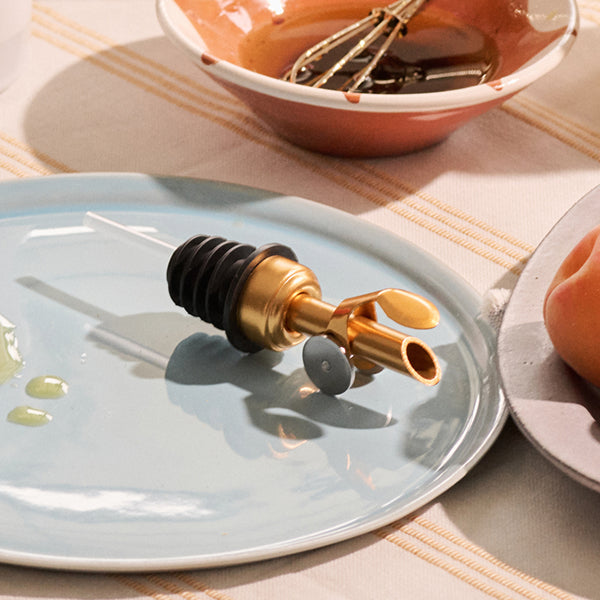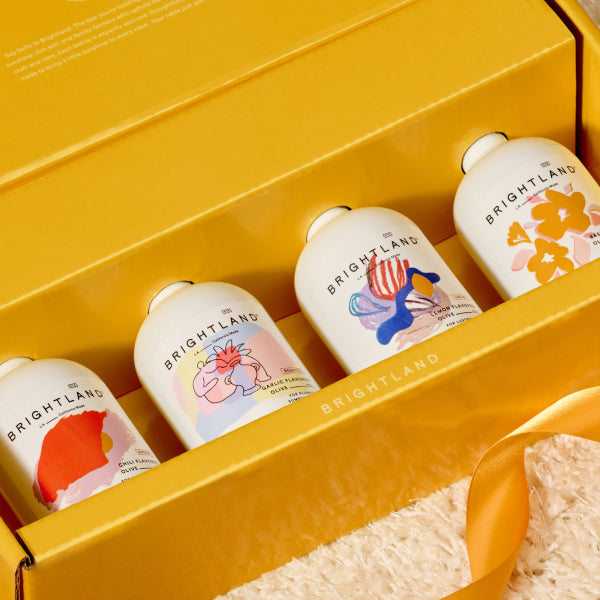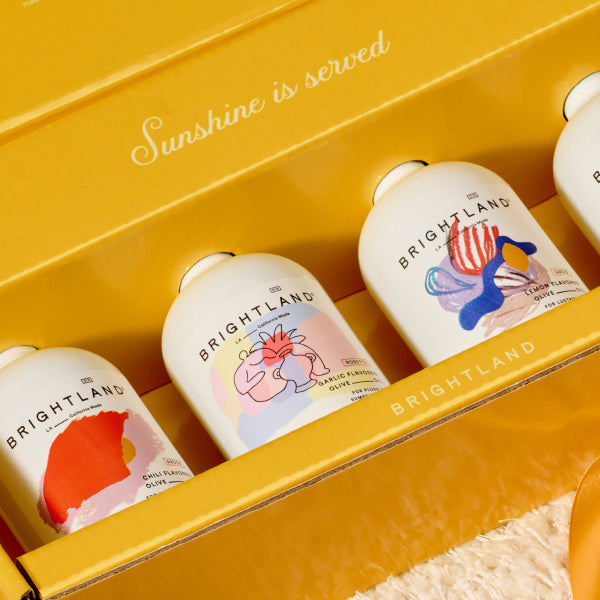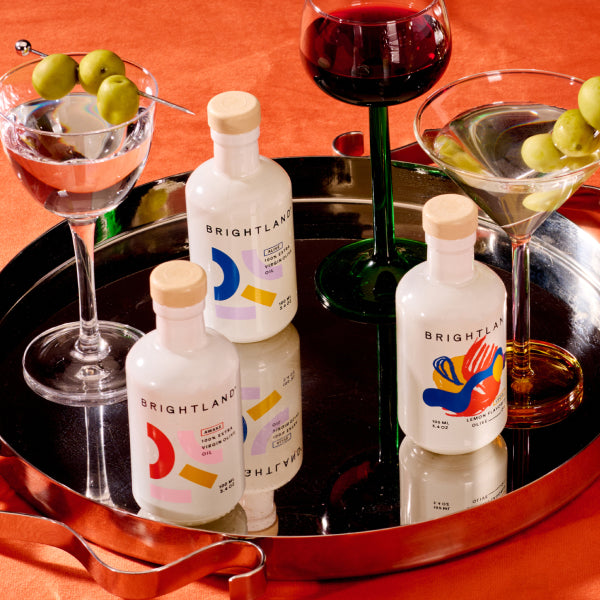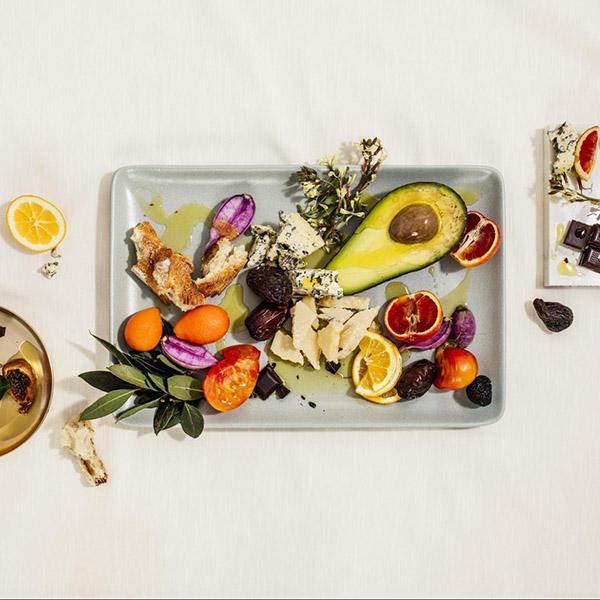Take a stroll through the olive oil aisle and you will undoubtedly be a bit overwhelmed. Rows and rows of green-colored glass filled to the brim with one of the world’s most nutritious and delicious liquids. But which is the best? Discerning home chefs should be choosy about the olive oil they use to sauté, flavor, drizzle and marinate because the truth is that not all oils are created equal and taste can vary widely from one bottle to the next.
In this guide, we are covering the best-tasting and most authentic olive oil options for you to try in your next delicious dish. You want to make sure you choose bottles with the following characteristics for the best-tasting option.
[close type ="rte"] [open type="rte"]The Best-Tasting Olive Oil Is…
- Extra-Virgin — If you are not familiar with olive oil, know that the only true contenders are always the kind labeled “extra-virgin.” That is because extra-virgin olive oil is naturally extracted without heat or chemicals. Not only does this allow the oil to retain its antioxidants — and therefore remain healthier for you — but it also results in the purest possible flavor profile. Olive oil is only allowed to be labeled as “extra-virgin” if it has zero taste defects.
- From California — There is no denying that Italy produces some excellent varieties of olive oil, but it might surprise you to find that California-made olive oil is becoming more often favored among critics and chefs alike. That is in part due to its freshness. Generally speaking, it is easier and faster to get American consumers American-made products faster, which means a more vibrant, fresher flavor profile.

[close type="images"] [open type="rte"]
- Freshly Bottled — Pay attention to the harvest date on the bottle. If it is not listed on the bottle or in the product description, that could be a sign of a lesser-quality manufacturer. The harvest date clues you into when your olive oil was made and bottled so that you know it is fresh. You want to use your olive oil within four months of opening and within 1.5 years after harvest.
- In the Right Bottle — Another important indicator of an olive oil’s flavor characteristics is the manner in which it is bottled. Look for oils packaged in opaque glass bottles. See-through bottles can expose olive oil to damaging light, which can compromise the freshness and vibrancy of the flavor. That is why we bottle our high-quality olive oil in UV-coated white glass bottles.
- Flavored — Do not discount flavored olive oils if you are looking for something to drizzle or to use to infuse a big kick into whatever you are eating. For example, you can use a refreshing basil olive oil to add a bright and summery excitement to your dishes year-round or use a punchy chili olive oil to infuse some spiciness into something that needs a little kick. Flavored oils are excellent for dipping and drizzling, but they can also be used for cooking.
- Know Your Olives — Growing olives for olive oil is not unlike growing grapes for wine. There are many unique varieties which result in many unique flavor profiles and characteristics. Luckily, olive oil tasting is not as nuanced as wine tasting — though you can certainly go deep into the topic if you please — and there are only a few key things to know and kinds to taste. Be sure to choose oils crafted from heirloom olives. Varieties such as heirloom Coratina and Frantoio olives are always an excellent choice.
Try Oils That Tick All These Boxes
Want to try one of the best-tasting olive oils that brings all of these amazing qualities and more? Try The Duo, a pair of high-quality olive oils containing a bottle of AWAKE (herbaceous, grassy, complex) and a bottle of ALIVE (bright, energizing) so you always have the right flavor profile on hand.



